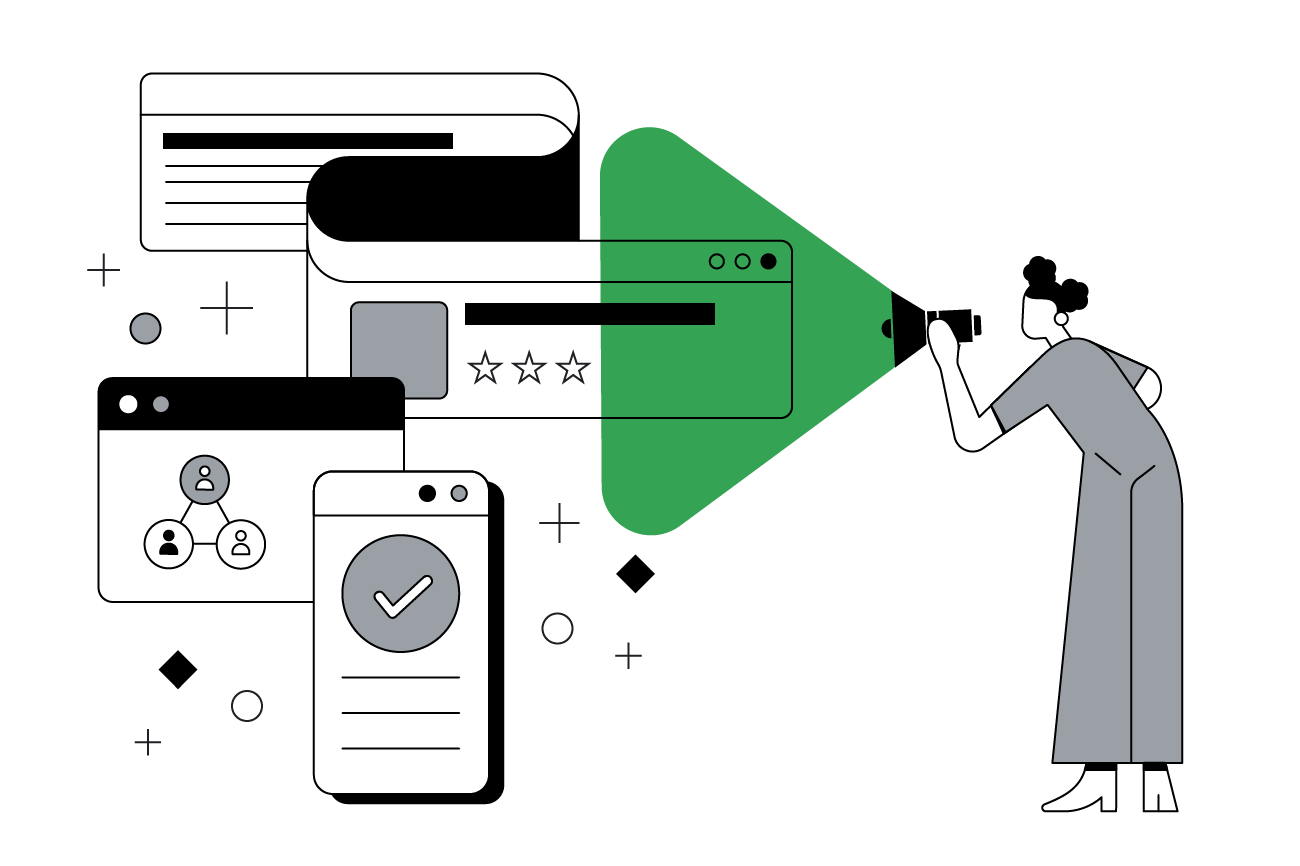Google’s anniversary got me thinking about how much Search has evolved since its inception in 1998. From the very beginning, our mission has been to “organize the world’s information and make it universally accessible and useful.” This goal was ambitious. At the time, the web consisted of 25 million web pages, which is equivalent to a small library. Today, there are hundreds of billions of web pages in our index, which is more material than all the world’s libraries combined. Twenty years later, the core principles of Search have remained the same, but nearly everything else about technology and the availability of information has changed.
Now, thanks to advances in machine learning, we can access high-quality content with greater accuracy. Techniques such as “neural embeddings” help us understand the underlying concepts that people are searching for without relying on the specific words used. Through natural embeddings, Search is able to match a vague question like, “Why does my TV look weird?” to specific articles about the “soap opera effect.” Other improvements like featured snippets — the descriptive box at the top of a Search result page — helps users get what they want more efficiently, while the Jobs in Search feature has empowered millions of people with the ability to find new opportunities by simplifying the job hunting process. As Search enters its next phase of development, there are two trends that will have a significant impact on consumer behavior: more conversational queries and visual searches.
From keywords to conversations
We have transitioned from using keywords to get answers to having longer conversational journeys. In the past, we might have typed “travel destinations,” but today we are more likely to ask, “where should I go on holiday?” followed by questions like “when is the best time to go?” or “where should I stay?” Search has transformed from a tool that provides quick answers to one that enables continuous exploration with recommendations tailor-made to our needs.
For marketers, identifying where a customer is on their research journey can provide valuable insight about their intent — what they are looking for, what they care about, and what they aspire toward. Intent signals go beyond demographic markers like age or gender to paint a holistic picture of an audience.
This is indicative of a broader shift in the way we interact with the world. We are constantly on the lookout for relevant information to help us make all kinds of decisions, from major life choices to everyday tasks. In the past two years, we have seen an 80% growth in mobile searches for “__ should I __,” and “best.” This behavior even extends to products traditionally categorized as “low consideration” — searches for “best toothbrush” grew by 100% while “best travel pillow” shot up by 300% in the same period! Gathering all this information takes time, so it is no wonder most search queries are connected to sessions that span multiple days. To make it easier to pick up where you left off, we introduced “Collections,” which allows you to save websites, articles, and images that you have visited and offers suggestions to enable further discovery.
For marketers, identifying where a customer is on their research journey can provide valuable insight about their intent — what they are looking for, what they care about, and what they aspire toward. Intent signals go beyond demographic markers like age or gender to paint a holistic picture of an audience. Brands that leverage intent signals have seen greater success at capturing attention.
So, how do you take advantage of intent signals? Search queries are a good place to start because a query’s phrasing can reveal a lot about a user’s intent. For example, a question like “What is the difference between a torte and a tart?” indicates that the user is probably still in the research phase, whereas one like “Where can I buy a tart?” shows that the user is close to conversion.
From keyboard to camera
Advances in image recognition technology are enabling a new mode of discovery: visual search. Unlike text and voice searches, which require a meaningful description to generate a result, visual searches allow us to simply pan a camera lens across an object to learn more about it.
Increasingly, people are using images as a starting point for action, from learning a new skill to exploring ideas. They're searching "DIY" and “how-to” to pursue hobbies, start projects, communicate emotions, explore ideas, and shop, and the latest redesign will bring extra context like webpage captions and price into the results.
Contextual knowledge is also making its way into the physical world with the help of Google Lens. We can learn about real-world objects without relying on words to describe what we need. Imagine the next time you are in a foreign country and see an interesting building. Rather than racking your brain for the right architectural terms, you can simply snap a picture and use Google Lens to find information on the architect, the style, and more. In addition, features like Style Match will enable us to view a piece of clothing or home decor through a camera lens and instantly see styles from stores across the web, get reviews, or purchase the product online. New visual search tools will enable consumers to make immediate comparisons online and offline, making the path from discovery to action more seamless. It is still in the early stages, but we are making a lot of progress.
People are signalling their intent whenever they turn to digital for assistance. Brands that tap into those intent signals to anticipate customer needs and respond with relevant experiences are the ones that will be able to delight and inspire today’s increasingly sophisticated consumer.
The world has changed dramatically since Search first launched, but curiosity remains constant. People are researching everything, and, with new ways to gather information and take action, the consumer journey has become more complex than ever. Yet the path forward is simple: stay focused on gaining a deep and individual understanding of your audience. People are signalling their intent whenever they turn to digital for assistance. Brands that tap into those intent signals to anticipate customer needs and respond with relevant experiences are the ones that will be able to delight and inspire today’s increasingly sophisticated consumer.







